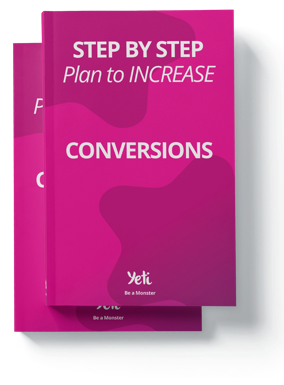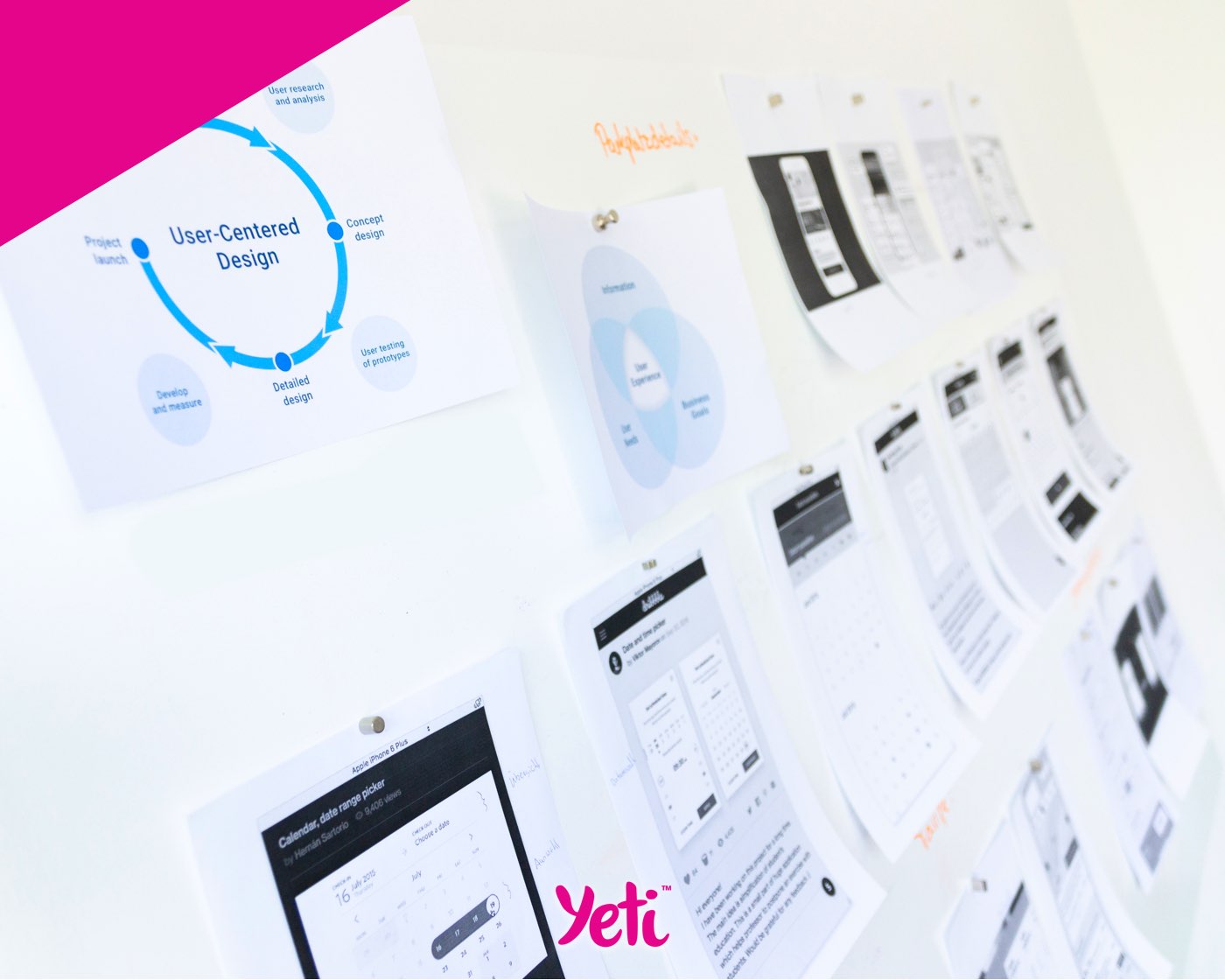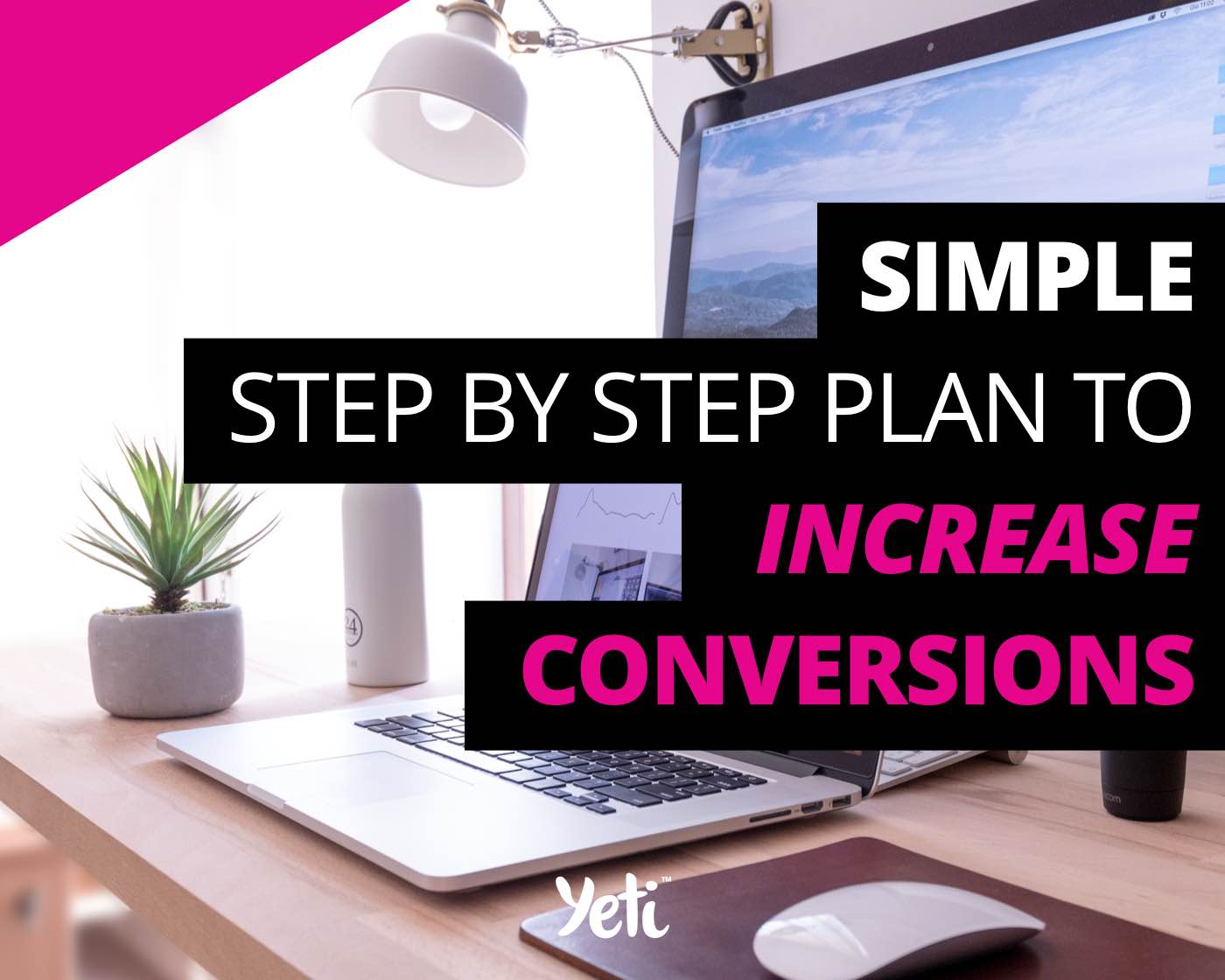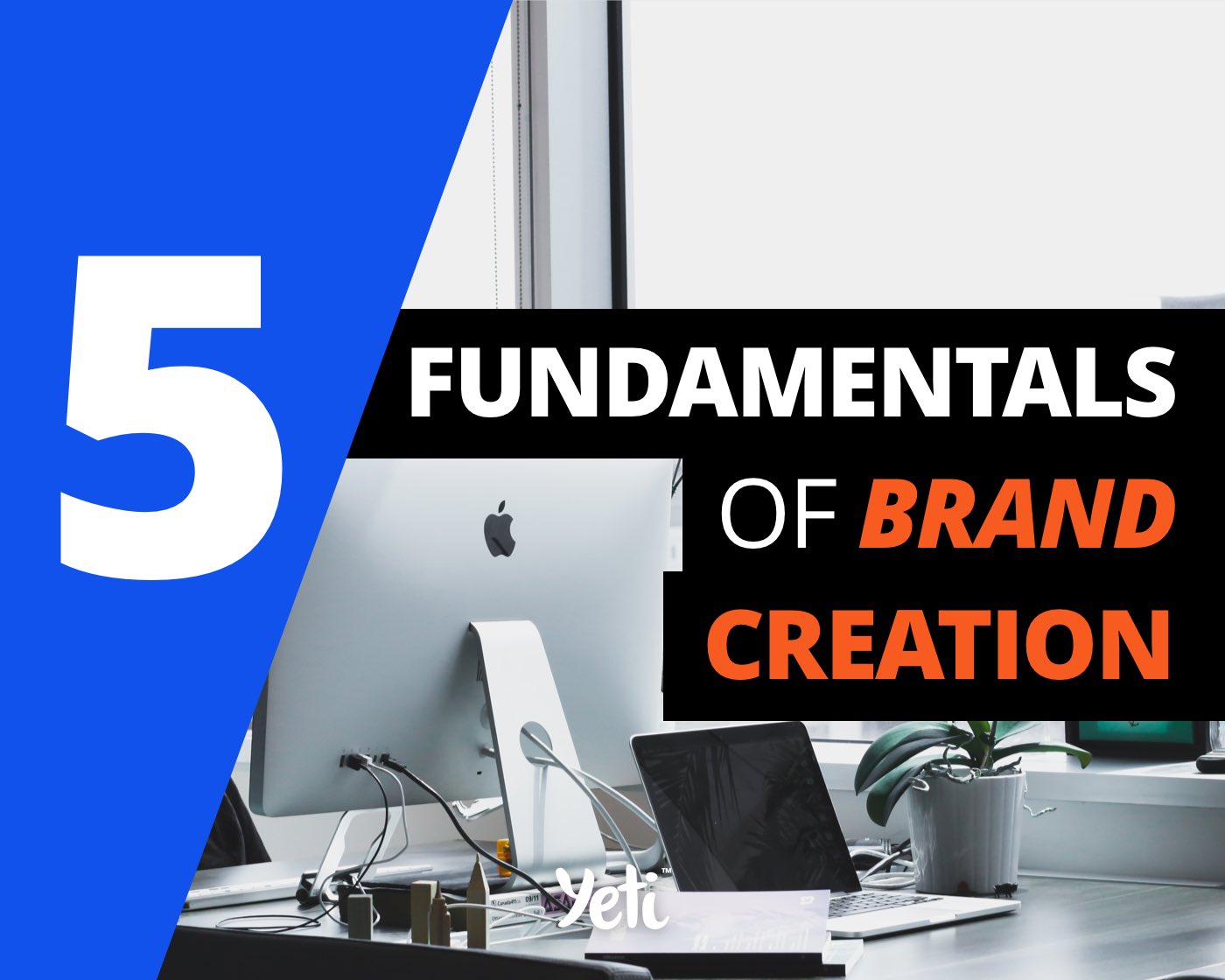How to make sure you’re making the most out of your website
– 13 mins read –
Websites are super interesting. They’re such a new phenonium all things considered, and have the power to create jobs and livelihoods. Executed well, they can inform, teach, entertain, and sell. They give us access to the world and they give us a huge advantage that our ancestores didn’t have the luxury of.
Despite how accessible they are to build, we shouldn’t take them for granted. You are calving out a small space on this world wide web to call your own. Lets make sure you’re making the most it.
So what’s the problem? Well, it’s that most websites are confusing, and they’re forcing their customers to spend valuable time and energy attempting to decipher a frustrating riddle; what do you offer, why should I care, and what should I do next?
A website’s sole purpose is usually to generate leads, sales and to beat your competition, yet they’re filled with cutsey unclear and often indulgent copy.
Make your customers the hero and solve only their problems (not attempt to solve your own), and all the accolades you seek personally will fall into place. And you’ll feel good about how you achieved it too.
If you implement these 5 simple website upgrades, you’ll have a site that you’re excited about sharing, is clear in it’s offering, and encourages your potential customer to pick up the phone, place that order, or schedule that consultation.
1. Fix your headline
You already know what sells a newspaper; a headline.
It’s not the story itself even, it’s the headline. Create a headline that isn’t clear, doesn’t cause huge intrigue, and doesn’t give an ‘I must know more’ feeling and your paper won’t sell. Your customer will simply buy the more enticing newspaper next to yours.
The headline entices the customer to want to read more and to do so, they have to make a purchase. It’s the exact same with your website.
Your homepage (and landing pages) should have a big, bold, clear, simple to understand, concise, intriguing headline. It has a sole purpose; to entice the user to continue reading. But differently to a newspaper, you don’t have the luxury of a sale from an enticing headline, you have to go deeper.
You need a header
So if you don’t have a headline on your website, you need to. Here’s an example:
Design better. Faster. Together.
A clear, concise headline.
If I’m looking at your website as a potential customer and I see a bunch of text that’s dense, and I can’t immediately tell what’s in it for me to start reading. I’m not even going to start. We’re all already encountering 5000+ commercial messages in a typical day, so the odds are heavily against you.
A header will cause your traffic to continue onward.
What should it say?
There are a couple of different directions, but it’s not complicated. Your header should absolutely offer the customer something. Try not to overthink it.
You could offer a saving in money, offer a saving of frustration, or even a ‘gain’, like a gain in money, a gain in a feeling. Whatever it is, it should be incredibly tangible. The customer should know exactly what it is you’re offering. You should not be cute or clever.
An example of a cute headline, and examples like this we see it all the time at Yeti, would be “Your journey starts here”. A headline like this is confusing and completely unclear.
You have one chance at a first impression, so don’t force your potential customer to have to spend time and energy figuring out what you offer.
So review your headline, check it offers the customer something, and that’s it’s completely clear what that offer is - oh, and put it above the fold (a term ironically coined originally by the newspaper industry as content above where the fold is on a newspaper - now relating to content seen without the user having to scroll down the webpage), because if you don’t, chances are, your customers won’t even see it.
2. A consistent, well-placed call to action
Most websites are littered with links. Their headers are filled with all their companies page links, they have lots of different buttons throughout the pages, and even tons of links in the footer.
It’s extremely difficult for a user to process all the information they’re being given. You’ll notice a theme throughout these tips.
Clarity is key.
A way to guarantee clarity is defining a single call to action. What is the one action you want your user to take after visiting your page? Do you want them to reserve a consultation? Do you want them to head to your store page? Is the user to schedule an appointment?
So first you have to decide on your single call to action. Once you’ve decided, you want to place a button that encourages them to do so in the following places.
- In the top right-hand corner of your website.
- Under your new big, bold, clear headline
- Under any relevant paragraph of text further down the page
Make the button use the same call to action, and use the same CSS. Style the button exactly the same, so once the user has seen it once, they don’t need to use energy processing it again.
3. A life without you
Now you want to introduce your potential customer to a life without you. What would life look like without your product and service in their life?
Would it less exciting, would they be less successful, less safe, without admirable status, or financially worse off? Introduce your customer to what happens if they don’t make a purchase.
When you talk about the potential failure your customer may experience, or the problem they have that you’re solving, you develop an attraction to your brand. When selling pet insurance, for example, you may want to address the elephant in the room and remind your potential customer that hundreds of thousands of pets are euthanised because their owners couldn’t afford the vet bill.
Now, a word of warning, think of ‘introducing a life without you’ as salt on your evening meal. If you don’t add salt, your meal probably tastes bland. Sprinkle a light amount and all the flavours pop. Put too much salt in and your meal is inedible. Introducing this conflict is a necessity and 95% of websites don’t use it.
A cat sat on the mat, is not a story. A cat sat on the dog’s mat, now you have a story.
4. Show them how success looks
Now you’ve given the customer a bold offer they receive, a clear action you want them to take, and how life would look if they didn’t take it, you want to show them what success looks like. We need to show the customer that their lawn will look great, their roof doesn’t have to leak, their business will make more money - that these things will happen if they buy your product.
You see, now you’ve added stakes to the game. Life won’t look great without our product but will look great with it. This lead people to be very interested in what we’re selling.
So show the customer examples of what success looks like with your product or service.
5. Give them a plan
Give your customers a plan on how they’ll engage with your product. If your call to action is for customers to ‘Reserve a consultation’ clearly give a 3 step process on what they should do, and what will happen next. For example:
- Book a time for our free no-obligation 30-minute call.
- Receive our agenda-free consultation with an expert.
- Do a happy dance while nobody’s watching.
This will make it extremely clear what the plan is, and how taking action will play out. It’s lifting the curtain up and giving them the assurance they can feel confident in knowing what comes next. You’ll be amazed at the power of breaking down the process of doing business with you into 3 easy steps.
So get started.
Pique your customer’s interest in a bold, clear headline.
Tell them you want them to take action through a consistent call to action button in prime locations on the site.
Sprinkle a reminder that bad things can happen if they don’t take advantage of your offer.
Inform them of how great life could look with your products.
And then give them a plan for how they should move forward.
—
We’d be super interested to hear your successes with this, so track your analytics before and after these changes and share with us your progress!





